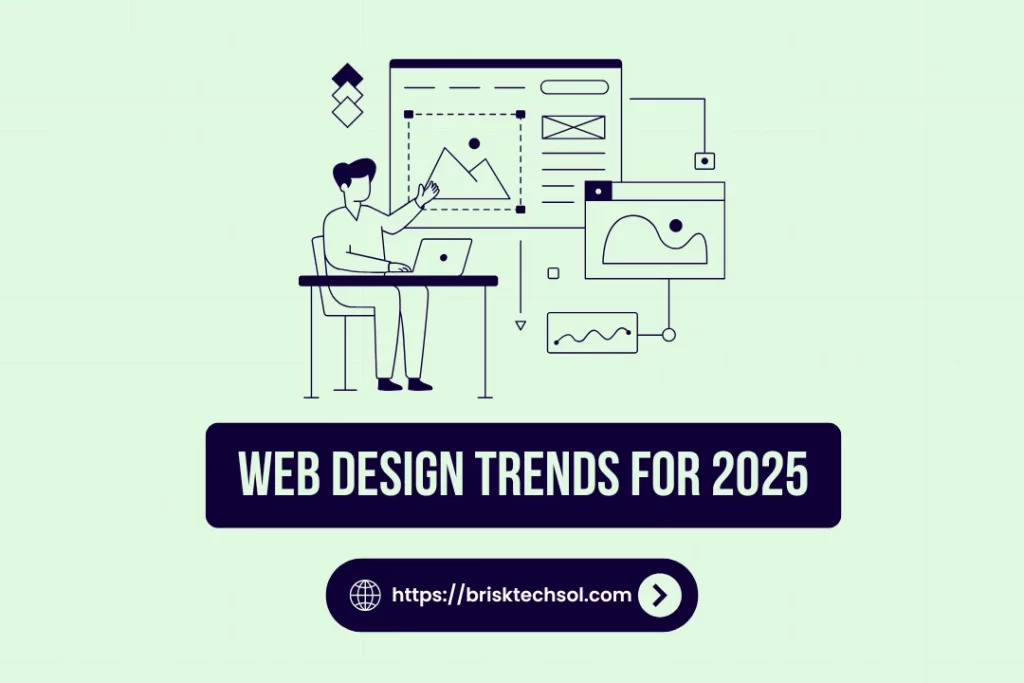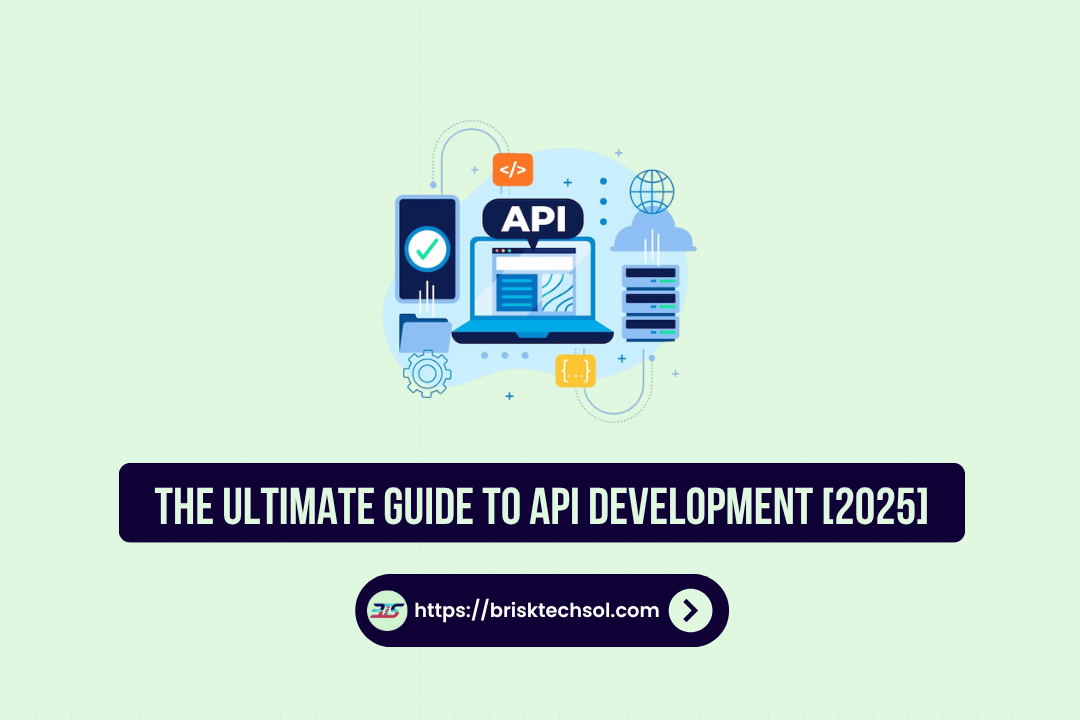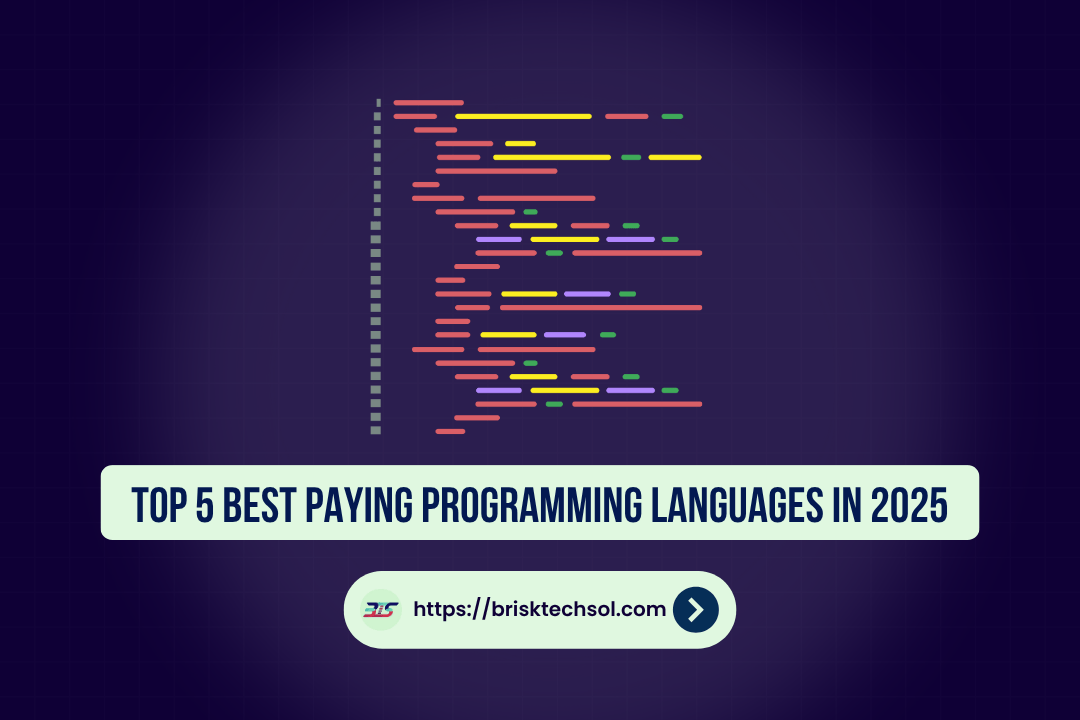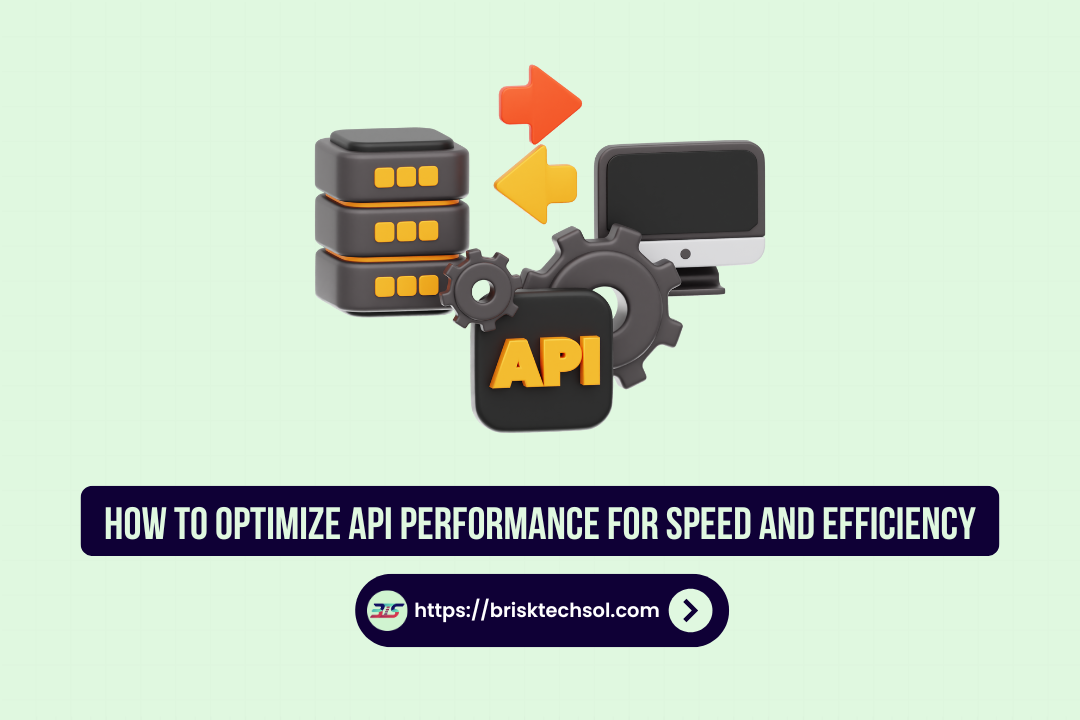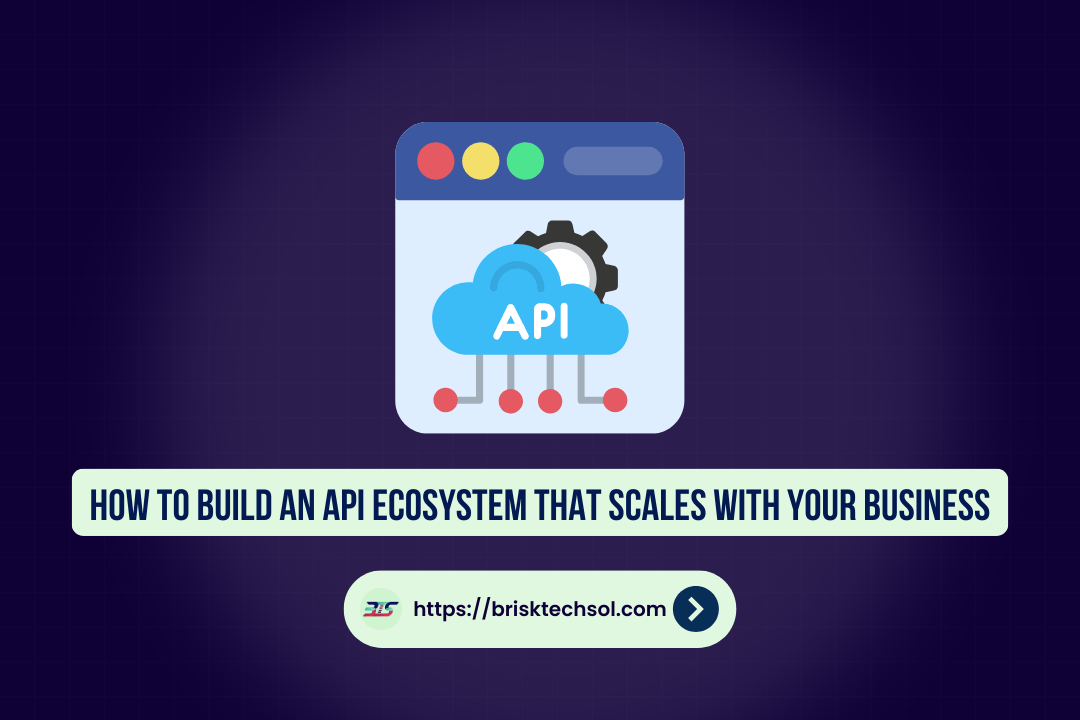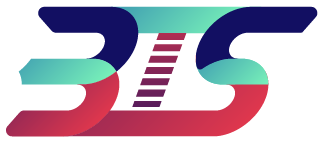In 2025, web design trends continue pushing boundaries with fresh, immersive experiences specific to user expectations. From custom illustrations that capture brand essence to full height homepage heroes that grab attention instantly, the latest trends focus on creating a memorable, user-centric experience. This guide explores the most influential trends set to define digital design in 2025, from advanced UX/UI layouts and color trends to the essential role of white space in modern aesthetics.
1. Custom Illustrations
Custom illustrations offer a unique way for brands to distinguish themselves and convey their personality through bespoke visuals. These illustrations help capture attention, communicate complex ideas visually, and align with brand identity. Instead of relying on stock images, companies are investing in tailored graphics, which provide authenticity and strengthen brand storytelling.
Example
2. Full Height Homepage Heroes
In 2025, designers are going big quite literally with full page headers and homepage heroes that extend to the screen’s entire height. These bold headers serve as visual statements, setting the tone and capturing attention as soon as users land on the site. Often combined with minimalistic text or powerful visuals, full page headers encourage users to explore further.
Tip
3. Interactive Chatbots for Instant Engagement
Chatbots continue to be a critical trend, changing in design and functionality. In 2025, chatbots are more interactive, offering real time support and personalization through natural language processing. These bots provide immediate responses to customer inquiries, enhancing user experience and aiding conversion rates by keeping users engaged.
Tip
4. Grid Design for a Balanced Aesthetic
Grid design is essential for creating a structured, visually appealing layout, and in 2025, designers are experimenting with asymmetrical grids to add depth and interest. The grid format helps balance content and white space, guiding users through information in a logical, digestible way while maintaining an eye-catching aesthetic.
Example
5. UX/UI Trends Putting the User First
User experience (UX) and user interface (UI) trends in 2025 place the user firmly at the center. UX/UI enhancements now prioritize smooth, intuitive navigation, reduced load times, and accessibility to provide a seamless experience. Innovations include more immersive, tactile design elements, streamlined forms, and simplified menus, all crafted to minimize friction in user interaction.
Key Point
6. Purposeful White Space for Visual Clarity
White space (or negative space) is a powerful design element that enhances readability and aesthetics. In 2025, designers are incorporating more white space to give content room to “breathe,” making it easier for users to focus on key elements. White space also contributes to a clean, modern look and helps emphasize visual hierarchy.
Design Insight
7. Color Trends in 2025: Bold Yet Balanced
Color schemes in 2025 are shifting towards a bold yet balanced palette that combines vibrant and muted tones to create contrast and draw attention. Rich, earthy shades like deep greens, warm browns, and blues are popular, reflecting a natural and sustainable aesthetic. Accent colors, such as electric blue or soft peach, add vibrancy and energy to the palette.
Example
8. Dark Mode for Reduced Eye Strain
Dark mode has become a staple in web design, and it’s here to stay in 2025. Dark mode is not only visually appealing but also reduces eye strain, especially during extended viewing sessions. This trend is popular across apps and websites, as it gives users the flexibility to switch to a darker theme when preferred.
Example
9. Micro Interactions For a Dynamic User Experience
Micro interactions subtle animations or responses triggered by user actions are increasingly popular in 2025 for enhancing user engagement. These small, purposeful interactions (like a button changing color on hover) help guide users intuitively through the site while adding a touch of personality and interactivity.
Example
10. Organic Shapes in Design
Organic shapes are becoming a popular design trend in 2025, bringing a softer, more natural feel to websites by moving away from rigid, geometric forms. These irregular, flowing shapes mimic elements found in nature like water waves, leaves, and pebbles creating a sense of warmth and approachability. Organic shapes can be used as backgrounds, containers, or subtle dividers, adding a dynamic touch to layouts without distracting from the main content.
Example
11. Mobile First Design
Mobile first design continues to be a crucial approach in 2025. With the majority of users accessing websites from mobile devices, designing websites that prioritize mobile responsiveness is essential. A mobile-first approach focuses on creating a seamless, intuitive experience for users on smartphones and tablets, ensuring that the site is accessible and functional on all devices, regardless of screen size.
Example
12. Augmented Reality (AR) Integration
Augmented Reality (AR) is becoming a more integral part of web design in 2025, allowing users to interact with websites in new and exciting ways. AR can be used for virtual product try-ons, interactive tours, and even immersive storytelling. By integrating AR features into websites, businesses can offer users a more engaging and memorable experience.
Example
13. 3D Web Design
3D design elements are becoming increasingly popular in web design as technology evolves. The use of 3D models, animations, and immersive visuals is creating more interactive and engaging websites. In 2025, 3D graphics will become more accessible to web designers, allowing for a richer user experience. Interactive 3D elements, such as rotating product displays, virtual try-ons, or fully immersive web pages, will allow users to feel like they are physically interacting with the content.
Example
14. AI-Powered Personalization
Artificial Intelligence (AI) is making its mark in web design by providing enhanced personalization options for visitors. In 2025, more websites will leverage AI to create customized user experiences based on behavior, preferences, and browsing history. Personalized recommendations, dynamic content, and predictive text can all make websites feel more tailored to individual users, improving engagement and conversion rates.
Example
Final Thoughts
The web design trends of 2025 focus on creating engaging, user-friendly experiences with a mix of bold visuals and functional design elements. From custom illustrations to interactive chatbots and organic shapes, these trends prioritize authenticity, usability, and dynamic user interaction. By adopting these emerging trends, brands can design websites that not only capture attention but also provide easy, memorable experiences for their users.
FAQ About Web Design Trends 2025
What are the top web design trends in 2025?
Key trends in 2025 include custom illustrations, full-page headers, interactive chatbots, grid designs, bold typography, dark mode, micro-interactions and organic shapes.
Why are custom illustrations important in web design?
Custom illustrations help brands stand out by creating a unique visual identity, improving user engagement, and telling a more authentic brand story.
What are the color trends for web design in 2025?
The future of web design in 2025 revolves around hyper personalized experiences, easy user interactions, advanced AI integrations, and more captivating designs driven by storytelling and dynamic content.
What is the next big thing in web design?
The next big thing is expected to be AI-powered design tools, enhancing personalization and automation, along with more interactive, data-driven websites that offer specific experiences for each user.


